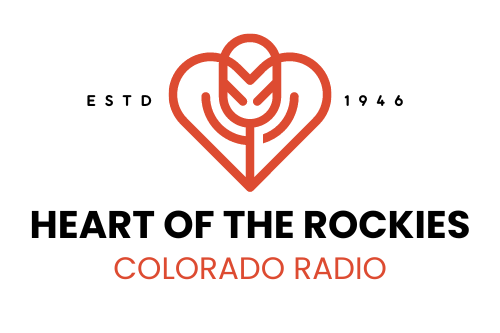After dipping as low as 55 briefly last week, the active case count in the San Luis Valley has started creeping up again to a total of 86 known active cases of COVID-19 today.
The Omicron variant was discovered just over a month ago, and there are still many unknowns about how it will affect us when it inevitably arrives in the SLV. Based on early data, we expect that a large number of people will get sick, especially among the unvaccinated. Many will experience mild illness, but some will need hospitalization. Those who have received a third dose of vaccine have the best protection against the Omicron variant.
40% of San Luis Valley residents have not yet received even a first dose of vaccine, so rapid spread of illness Is highly likely.
On Monday, the CDC issued new guidelines that shorten quarantine and isolation times, with a strong emphasis on masking. The CDC stated that the change is motivated by science demonstrating that the majority of SARS-CoV-2 transmission occurs early in the course of illness. Omicron also appears to have a shorter incubation period than earlier variants. We expect to receive additional information and updated guidance from the CDC soon. Here are some of the answers we have so far.
If I live or work in a nursing home, jail, or other residential facility, do the new guidelines apply to me?
Not necessarily. These settings are extremely vulnerable to the spread of illness. Continue to follow the rules in your facility and watch for possible updates over time.
If I feel like I may be getting a cold, or have other symptoms of COVID-19, what should I do?
Begin isolation and get tested for COVID-19 as soon as possible. While rapid tests may be in short supply due high demand, PCR tests are readily available through some public health agencies, mobile units, and at the testing site behind Convenient Care in Alamosa. See slvphp.com for more details. While you are waiting for your results, self-isolate to avoid spreading your illness to others.
When is a person most likely to spread the virus?
With Omicron, a person is most infectious in the 1-2 days prior to the start of symptoms and the 2-3 days after. For most people, the level of infectiousness decreases after that.
How long should a person isolate if they have COVID-19?
Everyone, regardless of vaccination status, should isolate for at least 5 days from the start of symptoms or from the date of a positive test, whichever comes later. During isolation, stay at home except to receive medical care. Separate yourself from other people and pets at home and wear a mask when that is not possible. Wash hands and clean surfaces frequently and avoid sharing household items with others. After 5 days, if you have no symptoms, or if your symptoms are improving and you have no fever, you may leave your house but be diligent about wearing a mask everywhere you go for the next 5 days. Some people, such as those who are immunocompromised, may need to isolate longer.
What is the difference between isolation and quarantine?
Isolation separates those who have the virus from those who do not. Quarantine prevents those who have been exposed and may have been infected from spreading the virus during the infectious period before they develop symptoms.
What counts as “close contact”?
Exposure through close contact means you have been within six feet of an infected person for a total of 15 minutes over a 24-hour period. That doesn’t have to be 15 minutes in a row.
What should I do if I have been exposed to an infected person?
- Stay at home if possible for at least 5 days. You may leave home after 5 days if you have no symptoms. Then, make sure you always wear a mask around others for the next 5 days.
- If you have received a booster, or if you are vaccinated and it is not yet time to get your booster, you do not need to quarantine at home, but you should be diligent about wearing a mask around others for at least 10 days.
- Everyone should be tested on the 5th day after exposure, or immediately if you develop symptoms
- If you test positive or begin to show symptoms, begin isolation.
- Watch for symptoms for 14 days
- Avoid contact with high risk people for 14 days.
VACCINATIONS
Mobile vaccination buses will be available at the following times and locations:
- Thursday December 30th, 2pm-6pm at Mountain Valley School District in Saguache
- Friday December 31st, 10am-3pm at Baca Grande Estates POA office in Crestone.
- Sunday January 2nd, 9am-5pm at ASU Nielsen Library in Alamosa
- Monday January 3rd, 10am-5pm at Blanca-Fort Garland Community Center
- Tuesday January 4th, 9am-5pm at Safeway in Monte Vista
For more information on local data, testing, or vaccination, see www.slvphp.com or call 719-480-8719.




